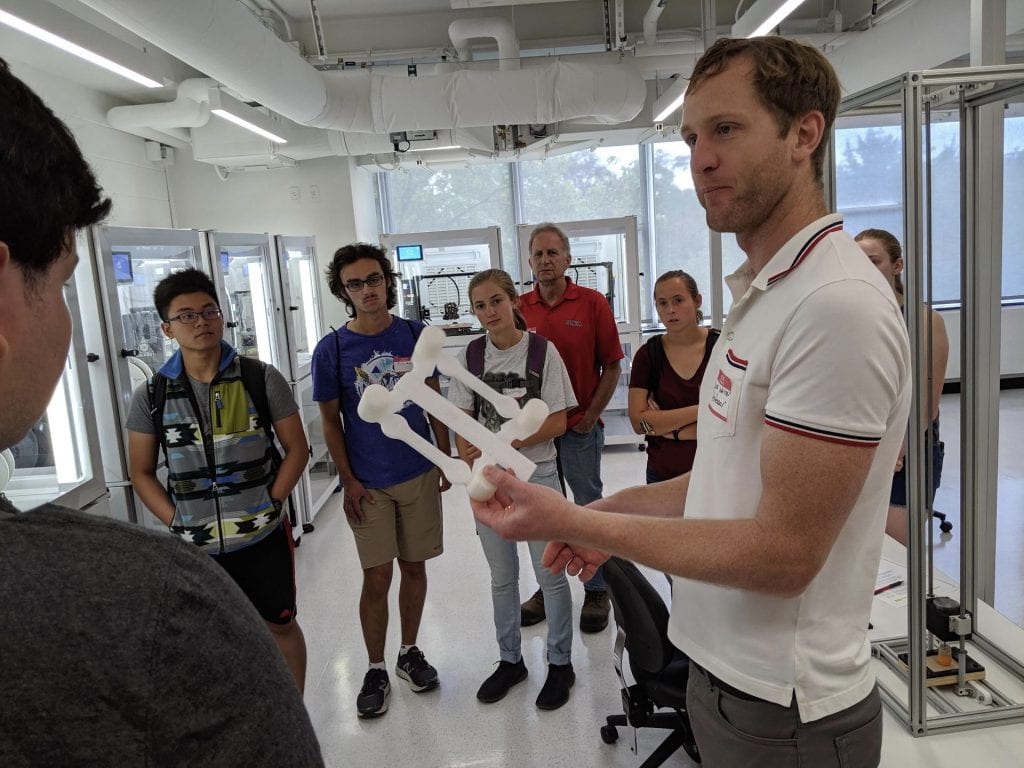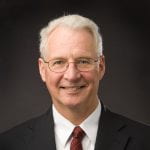Civil engineers are innovators, creators, and entrepreneurs. If you enjoy science and math and would like an opportunity to serve society by creating, maintaining, and upgrading the infrastructure we all rely on, this is a field you should investigate. As a civil engineering student at Cornell, you will work among the world’s brightest and hardworking faculty and students. Our civil engineering students apply mathematics, physics, and computer science to solve society’s grandest challenges. From climate change to cyber-attacks to national health emergencies, civil systems must be robust and resilient. Our students are at the forefront of new technologies, with a training that emphases inclusivity, e.g. access to clean water, energy, transportation, housing and economic opportunities. Cornell civil engineering students are the leaders who take the intellectual risks needed to build a better future.
At CEE, you’ll have the opportunity to specialize in one or more areas of civil engineering, including: environmental fluid mechanics and hydrology; geotechnical engineering; structural engineering; transportation engineering; environmental processes; and water resources systems. If you are most interested in environmental engineering, there is a degree program devoted to that specialty area, or work with some of the world’s top engineering faculty and fellow students. You will not only learn engineering theory and how to you can work with an advisor to plan a more general civil engineering program that suits your interests.
What are the different areas of focus?
Students in the undergraduate program have the opportunity to specialize in one or more areas including:
- civil infrastructure
- transportation engineering
- environmental fluid mechanics and hydrology/water resources systems
- or they may plan a more general civil engineering curriculum
Why CEE?
First of all, and admittedly I am biased, Civil Engineering is fun! I have been a civil engineer for my whole professional career, and never looked-back.
Second, CEE applies to everything you see, walk-on, drive-on, ride on; every constructed facility you use, the water you drink, and we use for navigation and recreation. But CEE is not only about “Infrastructure.” CEE applies to preserving and conserving our natural environment, and to the wise and sustained improvement of the built environment.
Third, consider CEE’s role in preparing you to respond to the greatest challenges our global society has ever faced. Global climate change, satisfying global energy demand, rising sea levels, adapting to and creating new technologies, and finding new ways to effectively communicate, educate, and train. We need new design and remediation concepts, new materials, and new creative minds.
Why CEE? Because society needs you!

CEE Student Spotlight: Terrence Moran
When Terrence Moran was 17 years old he decided to join the United States Marines. “I wasn’t a particularly great student and I didn’t really see myself getting much out of college at that point,” says Moran. A few years later, after two tours in Afghanistan and a stint as a construction worker back in the States, Moran decided the time might be right for him to go to college.
Moran spoke with Professor Derek Warner in the School of Civil and Environmental Engineering (CEE) and came away impressed by Warner’s research and by his enthusiasm. Warner’s research focuses on understanding and predicting the deformation and failure of structures.
Structural Engineering Focus
The Structural Engineering Program at Cornell University is a forward looking educational curriculum that aims to create highly qualified and well prepared engineers to support advanced practice within leading firms, national laboratories, and government agencies. The coursework provides team based professional experiences that motivate an emphasis on technical fundamentals.
The combination of technical depth and exposure to the professional challenges accompanying practice at the highest levels positions the graduate for a career at the frontiers of an evolving practice: forensic engineering and failure investigation, design of signature structures, structural condition assessment and prognosis.

Additive Manufacturing (AM), popularly known as 3-D Printing, has the potential to be a truly disruptive technology. AM technology presents the capability to create customized parts rapidly, economically, and with a geometric complexity beyond what is possible with traditional manufacturing. This ability will significantly impact the biomedical, aerospace, and construction enterprises. Students were introduced to the concept of AM, with a focus on creating load bearing parts and structures. As a demonstration, students used AM technology to design, create, and test plate subjected to a ballistic impact. Featuring Associate Professor Derek Warner and Teaching Assistant Wenjia Gu.


